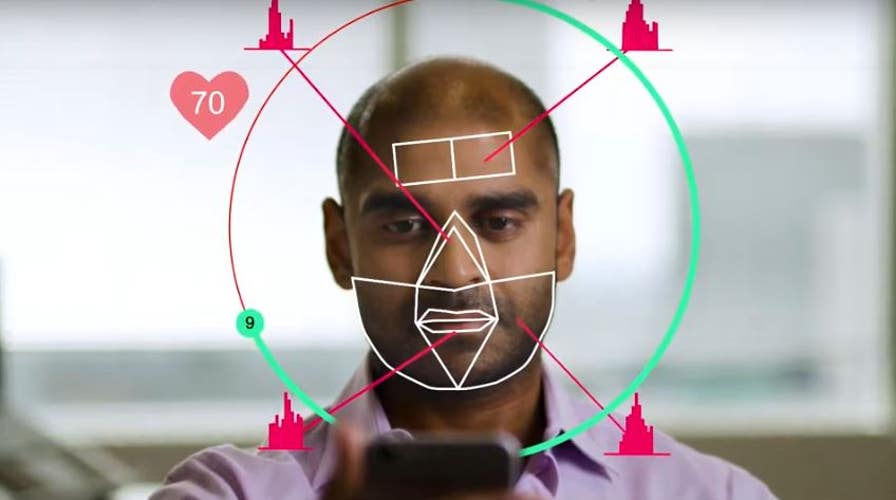Fox News Flash top headlines for August 7
Fox News Flash top headlines for August 7 are here. Check out what's clicking on Foxnews.com
Selfies could have a vital health purpose beyond simply boosting your self-confidence or showing off your post-workout gains.
In a new study, researchers at the University of Toronto figured out a way to accurately measure blood pressure with your cellphone's camera by developing a technology known as transdermal optical imaging (TOI).
Optical sensors on smartphones can capture red light reflected from hemoglobin under our skin, which permits TOI to visualize and measure blood flow changes, according to a press release accompanying the study.
By capitalizing on the translucent nature of facial skin, researchers were able to measure the blood pressure of 1,328 Canadian and Chinese adults by capturing two-minute videos of their faces on an iPhone.
CHERNOBYL'S 'SARCOPHAGUS' BEING DISMANTLED DUE TO 'VERY HIGH' PROBABILITY OF COLLAPSE

(Image via University of Toronto/Anura)
“From the video captured by the technology, you can see how the blood flows in different parts of the face and through this ebb and flow of blood in the face, you can get a lot of information,” said Kang Lee, the lead author of the study and a professor in applied psychology and human development at the Ontario Institute for Studies in Education, in a press statement.
Lee is also the co-founder of Nuralogix, a startup that released an app called Anura, which allows people to try out the transdermal optical imaging software for themselves, giving them the ability to record a 30-second video of their face and receive measurements for stress levels and resting heart rate.
Lee said in a statement that more research is needed to make sure that the measurements are as accurate as possible, explaining, for example, that the study did not test people with very dark or very fair skin.
“In order to improve our app to make it usable, particularly for people with hypertension, we need to collect a lot of data from them, which is very, very hard because a lot of them are already taking medicine,” Lee explained. “Ethically, we cannot tell them not to take medicine, but from time to time, we get participants who do not take medicine so we can get hypertensive and hypotensive people this way.”
CALIFORNIA WILDFIRES 'TOO EXTREME' FOR BIRDS THAT THRIVE IN BURNED OUT FORESTS
The scientists said there are many potential applications for the technology, including providing health services for those who reside in remote, rural areas.
The study was published in the journal Circulation: Cardiovascular Imaging.

